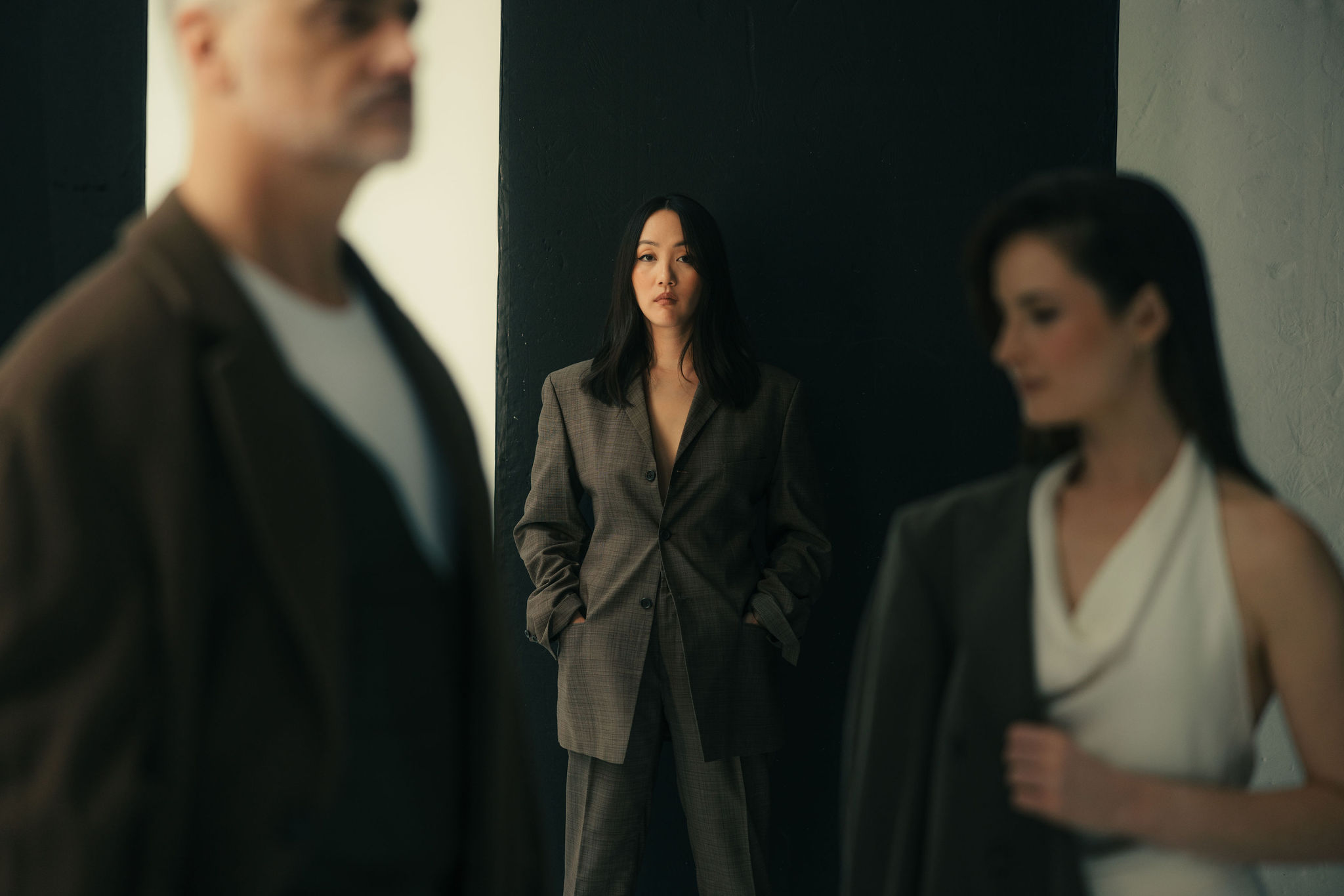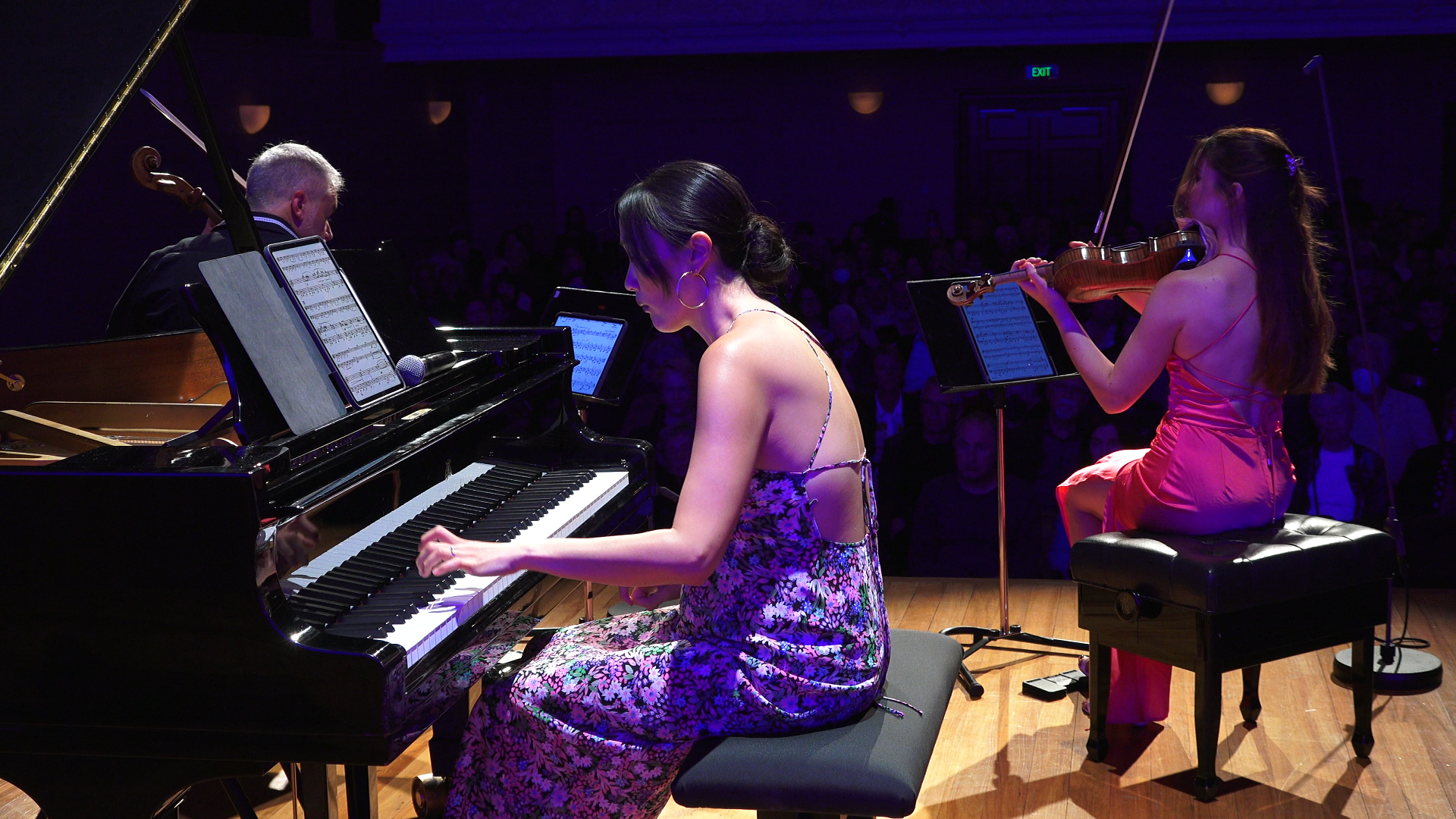Mulled Wine Concert
13mar2:30 pm4:30 pmMulled Wine ConcertPaekakariki
Event Details
From the fiery rhythms of Piazzola’s Two Tangos matched with the deftly woven sounds of David Hamilton’s (NZ) Faraday Cage and John Musto’s (USA) Piano Trio to the lusciously sweeping
Event Details
From the fiery rhythms of Piazzola’s Two Tangos matched with the deftly woven sounds of David Hamilton’s (NZ) Faraday Cage and John Musto’s (USA) Piano Trio to the lusciously sweeping Piano Trio No. 2 by Saint-Saens.
Time
March 13, 2016 2:30 pm - 4:30 pm(GMT+00:00)
Location
Memorial Hall
Programme Notes

Astor Piazzolla (Argentina; 1921-1992): Primavera Porteña, Oblivion – c. 12′
There are two sides of Astor Piazzolla: one, the serious symphonic composer; the other, the undisputed tango king. Born in the midst of the tango craze that was sweeping through Buenos Aires, he served his apprenticeship in the old tango bands, playing his beloved bandoneón and beginning to develop his own style of tango, Nuevo tango, which dispensed with the rigid old rhythms and structures and would very soon make his name.
Piazzolla, more than anyone else, reinvigorated the form. But he also yearned to be taken seriously by the classical establishment. He fell in love with Bach when he was still very young, when the family were in New York, and later studied with Nadia Boulanger in Paris, where he also fell in love with the city, and returned to throughout his life. It was Boulanger, importantly, who set him on the path to his own distinctive voice – melding tango into the classical idiom: she got him to play her one of his tangos on the piano and stopped him after the eighth bar, saying, This is Piazzolla! Don’t ever leave it!
Primavera Porteña – Spring in Buenos Aires – is from his own version of The Four Seasons, inspired by Vivaldi and dating from the heyday of his first most popular band, the Nuevo Tango Quintet. It was 1965, they had just broken onto television as well as radio, and were performing every night at a succession of wildly popular clubs – the Jamaica, Club 676, Gotan, Michelangelo, where people like Ella Fitzgerald and Marlene Dietrich came when they were in town. Stan Getz heard them play at the 676 and was totally transfixed.
At the other end of the scale, Oblivion is pure tango, an almost unbearably nostalgic paean to youth, written for the last of his movies – Marco Bellocchio’s Henry IV, of 1984. Piazzolla was now onto his second quintet, enjoying worldwide acclaim, and had just had a beautiful reunion with his daughter, in Mar Del Plata south of Buenos Aries, where he had been born. Sadness was mixed with the joy: his mother had recently died, and besieged by reporters, he told them that it was a sadder place for him now that she was no longer there.

David Hamilton (NZ; B. 1955): The Faraday Cage (2015), c. 12′
1. Inside the Cage
2. Outside the Cage
3. Inside Out and Outside In
Invented in 1863 by Michael Faraday, a ‘faraday cage’ is an enclosure designed to block external static electric fields. It distributes electrostatic charges around the exterior of the cage, channeling electricity along and around, but not through the mesh, providing constant voltage on all sides of the enclosure. The title was the starting point for the work, suggesting sparks and electric currents running around the surface of an object. Beyond that the music is not intended to literally conjure up a faraday cage, although there is a small musical hint of one (alert listeners will spot significant use of the notes C-A-G-E in the opening bars of the final movement). David Hamilton is best known as a choral composer, although he has written a considerable quantity and variety of chamber music. He was delighted to be commissioned for this, his first piano trio, having known Ashley when he was a school student and been a long-time fan of the trio.
The Faraday Cage was commissioned by NZTrio with funding from Creative New Zealand.

John Musto (USA; b. 1954): Piano Trio (1998) – c. 8.5′
Moderato
Slowly – Allegro molto – Tempo 1 – Allegro molto
American composer John Musto is regarded as a highly versatile musician, whose activities encompass virtually every genre: orchestral and operatic, solo, chamber and vocal music, concerti, and music for film and television. His music embraces many strains of contemporary American concert music, enriched by sophisticated inspirations from jazz, ragtime and the blues.
Musto has written of the Piano Trio: “The tunes in the piece grew out of improvisations at the keyboard. It is cast in two movements: moderate and slow/fast. In the first movement, a songful beginning gives way to a more vigorous contrapuntal exchange, and a final burst of energy in the coda. The second movement alternates a slow, nighttime-in-the-city blues with a frenetic bop section. The lyrical strains of the first movement briefly try to re-emerge, but are swept aside by a violent coda.”

Camille Saint-Saëns (1835-1921): Piano Trio No. 2 in e minor, Opus 92 (1892), c. 35′
” I am working quietly away at a trio which I hope will drive to despair all those unlucky enough to hear it. I shall need the whole summer to perpetrate this atrocity; one must have a little fun somehow.” Saint-Saëns was 56 and at the height of his powers when he wrote this, the second of his three piano trios. Another prodigy pianist, like Chopin, he had begun playing at the age of 2., and by the time he was 10 he was giving public concerts of the complete Beethoven sonatas – from memory!
He started at the Paris conservatoire when he was 13 and has one of the longest careers in the music business, with a chamber music output that spans 70 years, right up until the year of his death. It was a difficult life as an only child – he was brought up by his mother and grandmother after his father died. His own two infant sons died tragically within weeks of each other, his marriage broke up, and after his mother died he spent much of the rest of his life travelling, accompanied only by his dog.
He began this trio in the spring of 1892 at his favourite holiday spot, Pointe Pescade in Algeria, where he ended up settling in his old age. It had been almost 30 years since he had written his first trio and he poured himself into it, writing to a friend: ” I will bring back a ‘Trio’ with piano, which has been lying around in my head for who knows how long and of which I need to rid myself. And this is no small affair! I don’t claim that it will please these gentlemen, but it must please me, and I have my requirements which are not slight.” The result was a five-movement masterpiece, and it certainly did please the gentlemen critics – it’s been called the greatest French piano trio of the 19th century.
Programme notes by Charlotte Wilson, abridged.


